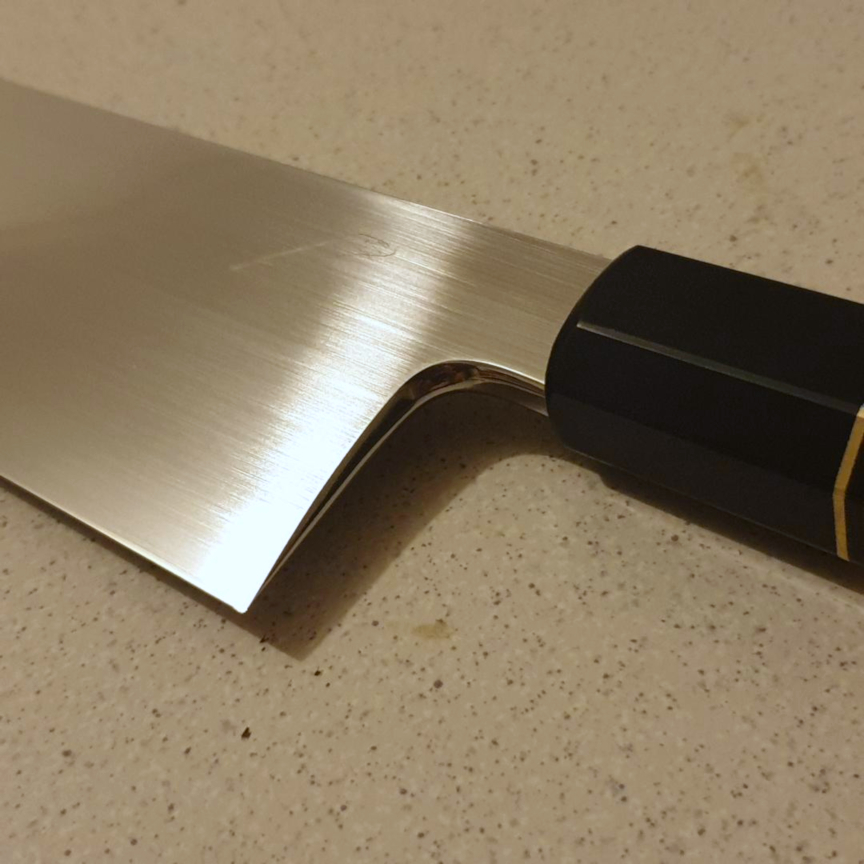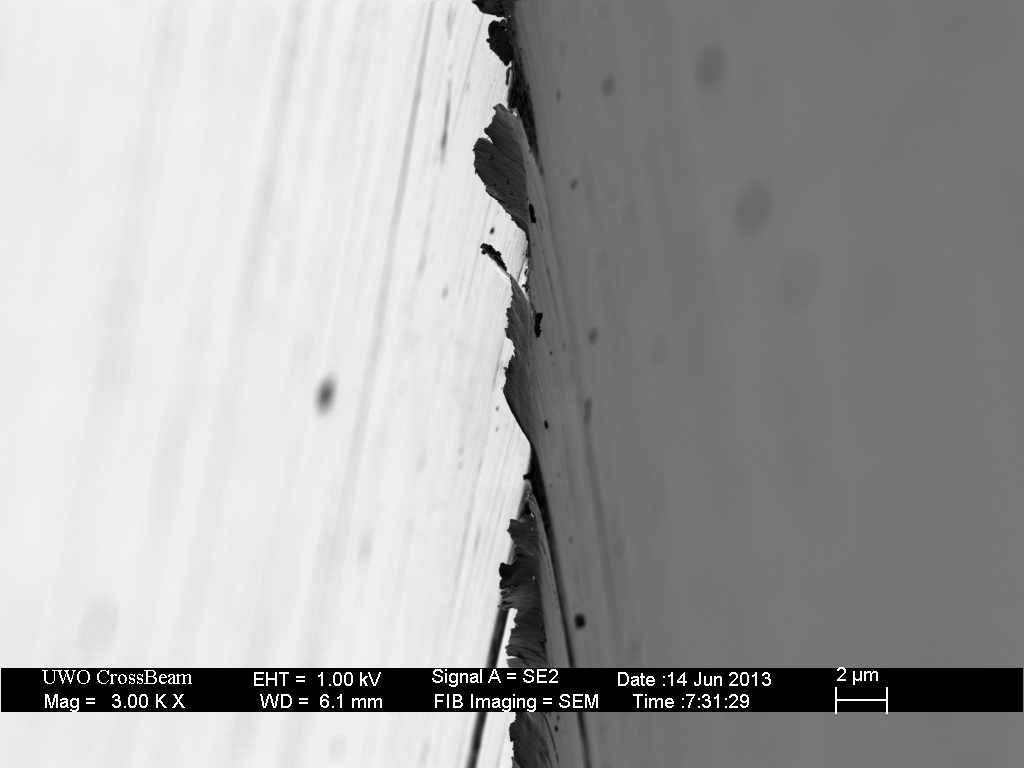Rotem Shoshani
Well-Known Member
I've just tried it..
I think I may have been doing something wrong because the edge just wasn't as sharp as it normally would be coming from the Kitayama.
I really don't have it when it comes to edge leading strokes, if that makes sense.
I'm guessing my last few strokes after killing the burr aren't good enough...?
Kipp just makes it look soooo easy.
I think I may have been doing something wrong because the edge just wasn't as sharp as it normally would be coming from the Kitayama.
I really don't have it when it comes to edge leading strokes, if that makes sense.
I'm guessing my last few strokes after killing the burr aren't good enough...?
Kipp just makes it look soooo easy.






